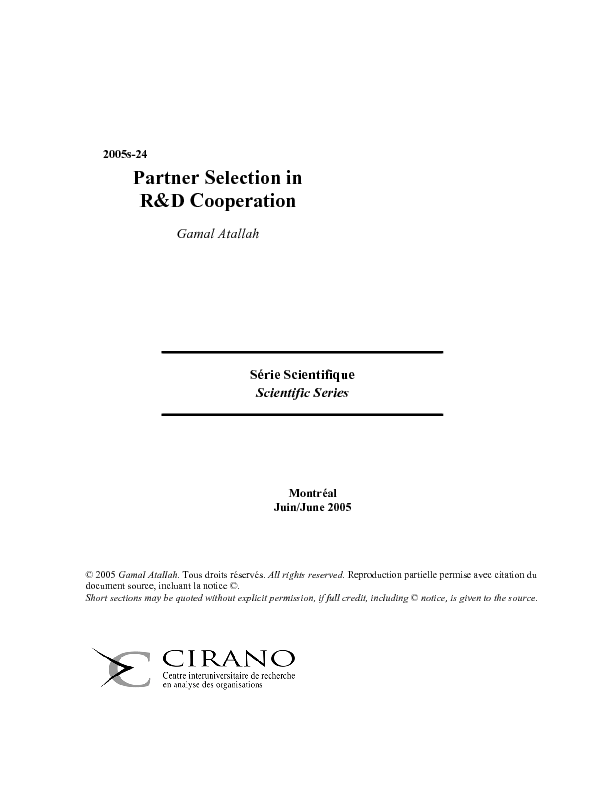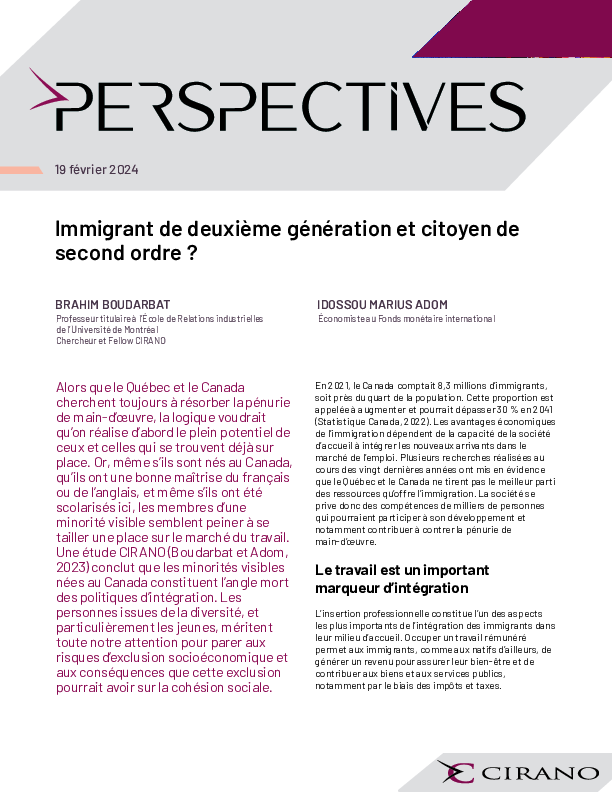Partner Selection in R&D Cooperation
In this paper we extend the R&D cooperation model to asymmetric firms, focusing on the incentives for cooperating with firms characterized by different levels of efficiency. Three firms differentiated by their cost levels invest in cost-reducing R&D before competing in output. Firms may cooperate in R&D, which implies both R&D coordination and perfect information sharing. It is found that firms' preferences over whom to cooperate with depend on spillovers and on cost differences between firms. With low (high) spillovers, a firm prefers to cooperate with the most (least) efficient among the remaining firms. As the cost differential between firms increases, efficient (inefficient) firms prefer to cooperate with the most (least) efficient firm more often. For very high spillovers, a firm prefers to be excluded from R&D cooperation. The equilibrium configuration is that the most efficient firms cooperate for low spillovers, while all firms cooperate for intermediate spillovers. For high spillovers, the equilibrium is for all firms to cooperate when the cost differential is sufficiently low, but depends on the bargaining mechanism when the cost differential is high. The model constitutes a generalization of the standard R&D model with symmetric firms.
[ - ]




